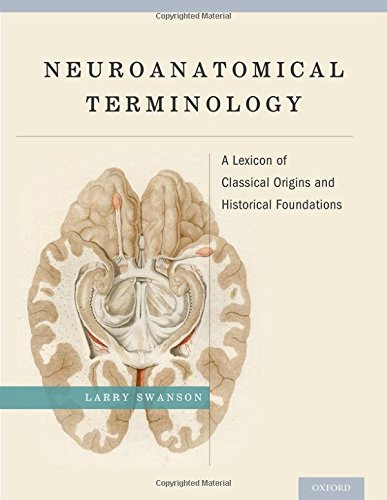Product desciption
Neuroanatomical Terminology A Lexicon Of Classical Origins And Historical Foundations 1st Edition Larry Swanson by Larry Swanson 9780195340624, 0195340620 instant download after payment.
Human brain imaging, connectomics, network analysis, and neuroinformatics are just some of the important current arenas in neuroscience addressed here. The book solves a fundamental problem by supplying the first global, historically documented, hierarchically organized human nervous system parts list. This defined vocabulary accurately and systematically describes every human nervous system structural feature that can be observed with current imaging methods, and provides an extendible framework for describing accurately the nervous system in all animals including invertebrates and vertebrates alike. Research for the book began in the late 1990s when the lack of a systematic vocabulary for neuroanatomy became a critical problem in developing databases and online knowledge management systems for the NIH Human Brain Project (1995-2005), which grew out of the Institute of Medicine's Committee on a National Neural Circuitry Database (1989). One outcome of this research was the publication with Mihail Bota in 2011 of a Foundational Model of Connectivity. It provides the conceptual framework for this book, which is divided into three main parts. The first consists of four chapters discussing the rationale behind the Lexicon of nervous system parts, historical trends in the evolution of neuroanatomical concepts and nomenclature, the development of hierarchical nomenclature tables, and practical notes on using the Lexicon. The second part is the Lexicon itself, with separate entries for 1,381 standard terms. Each standard term has a textual definition including the method used for identification, age, sex, and species to which it applies, and a citation to the first use of the term as so defined. Each entry also has, where appropriate, chronological lists of nonstandard terms (10,928 in all): translations, alternate spellings, earlier delineations before naming, earlier synonyms, later synonyms, and partly corresponding terms. The third part is a set of 10 hierarchical nomenclature tables of nervous system standard terms.


